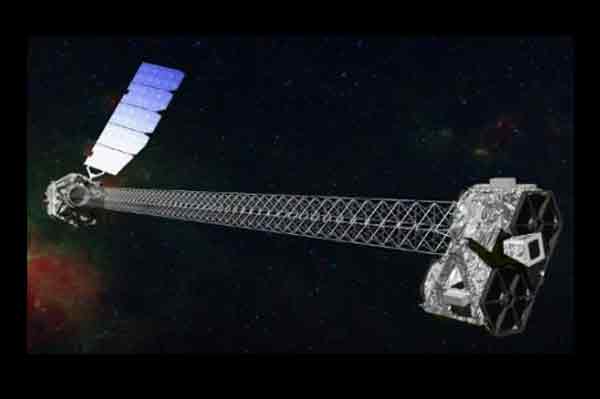NASA successfully launched its NuSTAR telescope, which will observe the cosmos using X-rays. NuSTAR, short for Nuclear Spectroscopic Telescope Array, operates in the range of the electromagnetic spectrum which is more energetic than visible light. Its primary mission is expected to last for two years, and its main scientific tasks are to conduct a survey of black holes, map young supernovae explosions, study the supermassive black holes lurking in the centers of galaxies, and look for new energetic sources in the galactic center of our own Milky Way. The NuSTAR solar-powered craft will observe the high-energy x-ray universe with unprecedented detail.
NASA Launches X-Ray Telescope






